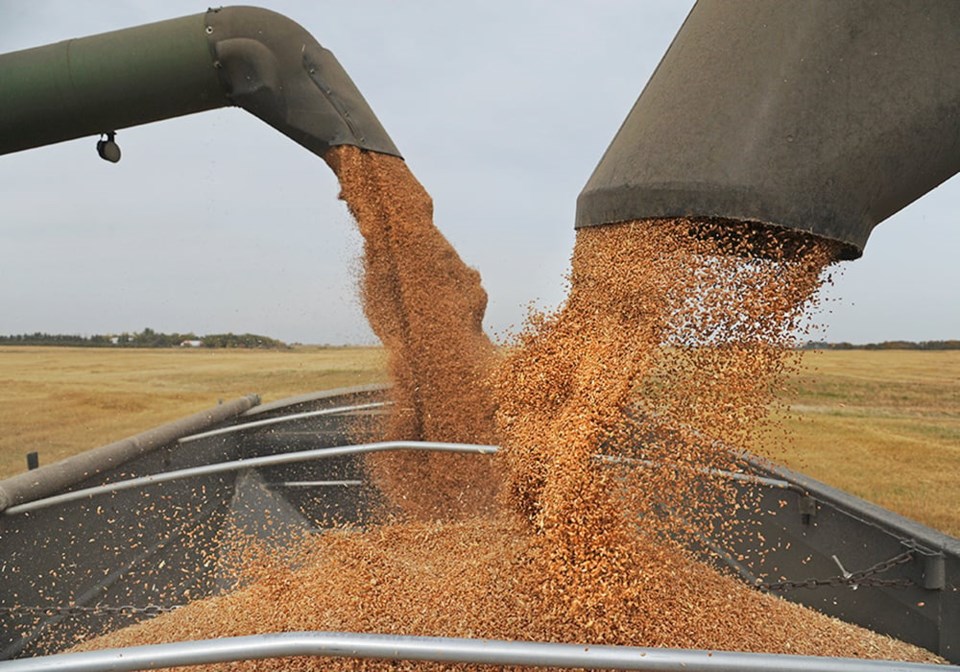The struggle by farmers to retain the right to save their own seed is long and tumultuous.
There are past debates over UPOV-91, plant breeders’ rights, and most recently, variety use agreements.
Ensuring farmers retained the ability to save their own seed was a major part of many of these discussions.
The latest salvo was fired in 2018-19 when Agriculture Canada and the Canadian Food Inspection Agency held consultations with farmers and industry groups about value-creation in the seed sector.
At the heart of the proposal was whether Canadian farmers should be expected to pay trailing or back-end royalties on the use of farm-saved seed so that plant breeders could receive a reasonable return on their investments.
Opposition among farmers was fierce and the proposal was dropped.
Those in favour of a royalty scheme argued at the time — and still do today — that it would particularly help the wheat sector. Wheat was falling behind the rest of the crop community, went the argument, due to lack of private investment.
A story on the front page of this issue by reporter Robert Arnason puts paid to that argument. It turns out wheat isn’t the basket case that many folks have made it out to be.
Arnason’s research has determined that average canola yields in Alberta increased 5.4 percent from 2010-12 to 2019-22, while average wheat yields in the province jumped by 19.8 percent. That doesn’t look like a crop that is falling behind.
It’s a compelling story as a classic David vs. Goliath faceoff.
On one side is a wheat breeding system that is largely publicly funded with stretched resources. On the other side is the behemoth that is private canola breeding with its deep-pocketed multinational backers.
And yet wheat has seen average yield growth consistently outpace that of canola over the last 10 years.
Yes, wheat breeding programs need investment. It behooves everyone in the business to provide cereal breeders with the resources they need to continue their work. Maybe trailing or back-end royalties will be the answer, or it might be some other mechanism that convinces private companies that wheat breeding makes sense.
But the data in Arnason’s story shows it is foolish to abandon the use of public funds for wheat breeding programs. The system has proven to be good at what it does despite limited resources.
Breeders at government and university research facilities continue to develop new varieties and get them into the hands of farmers, who do the rest.
It must be acknowledged that wheat’s yield success probably has as much to do with producers’ new attitude toward the crop as it does to genetics.
Many farmers no longer see wheat as a rotational choice to be used until they can get back to growing canola. They now look after the crop and put in the agronomic resources needed to grow bigger yields.
They are doing this primarily with farmer-saved seed. By some accounts, only 20 to 30 percent of cereal crops are grown using pedigreed seed.
The industry should probably have a frank discussion about how to better fund wheat breeding. When that happens, it must be based on facts rather than myths because wheat is certainly not a crop that is 小蓝视频 left behind.
Karen Briere, Bruce Dyck, Barb Glen, Michael Robin, Robin Booker and Laura Rance collaborate in the writing of Western Producer editorials.
Bookmark SASKTODAY.ca, Saskatchewan's home page, at this link.



